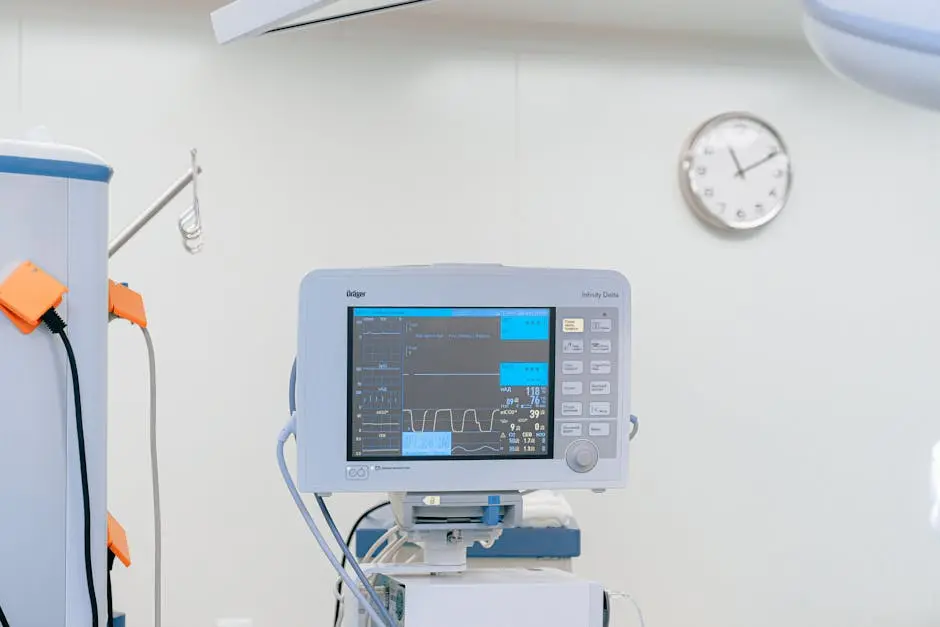1. Quality Control Issues
Quality control is paramount in medical device assembly. Ensuring that each component meets rigorous standards is a challenge faced by manufacturers. From material quality to final assembly, every step must adhere to meticulous protocols to guarantee the device’s safety and efficacy.
Maintaining quality standards throughout the production process can be demanding. From the selection of raw materials to the final inspection, every detail must align with regulatory requirements. Any lapse in quality control can have serious implications for patient safety and the reputation of the manufacturer.
Inconsistencies in the assembly process can lead to product failures or defects. Identifying and rectifying these issues promptly is critical in ensuring that each medical device functions as intended. Quality control challenges require constant vigilance and a proactive approach to prevent any compromise in the final product.
2. Regulatory Compliance Challenges
Navigating the intricate landscape of regulatory compliance poses significant challenges for medical device assembly. Manufacturers must adhere to a multitude of regulations set by different authorities, such as the FDA, to ensure product safety and effectiveness.
Meeting regulatory requirements involves extensive documentation and adherence to specific processes. Failure to comply with these standards can result in costly delays in product approval or even the rejection of the device. Staying abreast of evolving regulations is essential to avoid compliance pitfalls.
Regulatory compliance challenges require a comprehensive understanding of the legal framework governing medical devices. Continuous training and monitoring of regulatory updates are necessary to maintain compliance throughout the assembly process. Manufacturers must invest in robust regulatory affairs departments to navigate this complex terrain effectively.
3. Supply Chain Management Hurdles
Effective supply chain management is crucial in medical device assembly. Procuring high-quality components, managing inventory, and ensuring timely deliveries are essential for seamless production processes. Challenges in the supply chain can disrupt assembly schedules and impact product quality.
Maintaining visibility and control over the supply chain is a constant challenge. From identifying reliable suppliers to managing logistic operations, each aspect requires meticulous planning and execution. Any disruption in the supply chain can have cascading effects on the entire assembly process.
Supply chain management hurdles in medical device assembly necessitate proactive risk mitigation strategies. Building strong relationships with suppliers, implementing robust inventory management systems, and having contingency plans in place are essential to overcome challenges and ensure continuity in production.
4. Precision and Accuracy Demands
The precision and accuracy requirements in medical device assembly are exacting. Each component must fit together flawlessly to guarantee the device’s functionality and reliability. Achieving such precision demands state-of-the-art equipment and skilled personnel.
Even minor deviations from the specified tolerances can lead to product failures or malfunctions. Meeting the stringent accuracy demands necessitates stringent quality assurance measures and adherence to strict assembly protocols. The margin for error in medical device assembly is minimal, underscoring the need for precision at every stage.
Ensuring precision and accuracy in medical device assembly requires continual monitoring and calibration of equipment. Regular training programs for assembly personnel and stringent quality checks are imperative to maintain the high standards expected in the industry. Striving for perfection in every detail is essential to meet the demanding requirements of medical device assembly.


